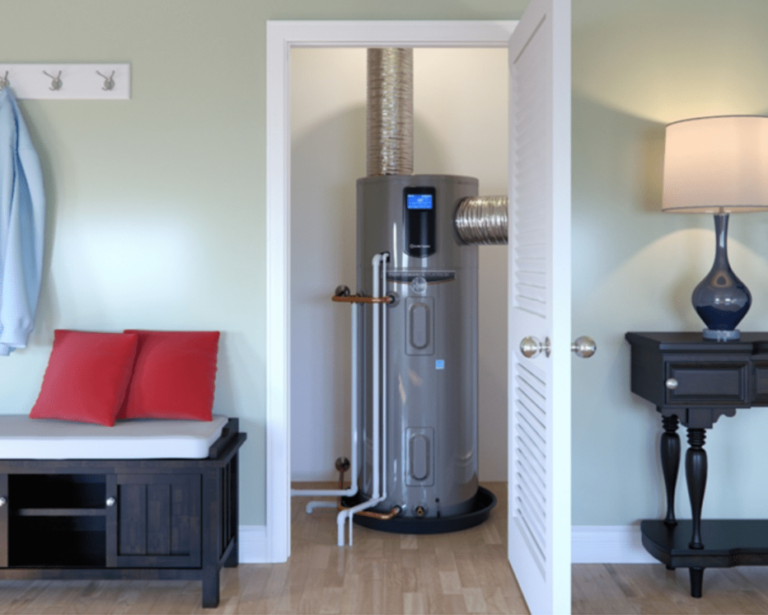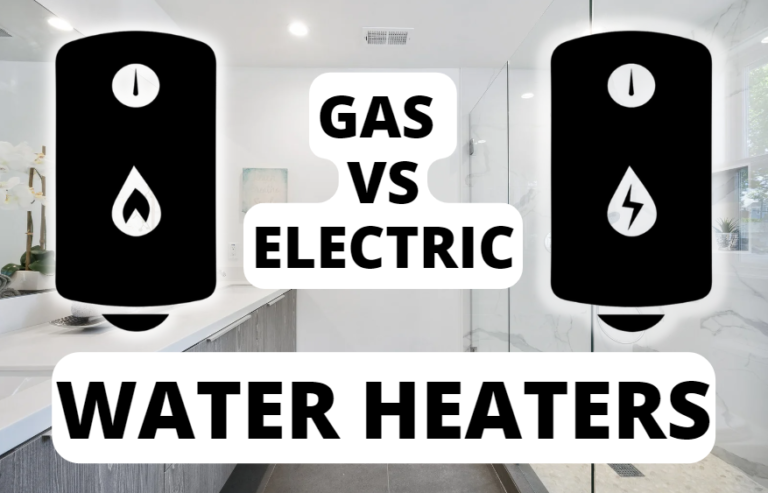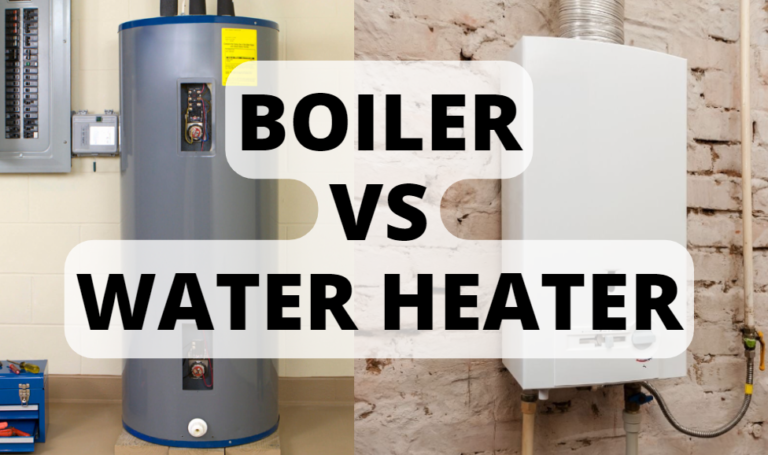Can You Vent a Portable Air Conditioner into the Attic? A Comprehensive Guide
Venting a portable air conditioner into the attic can be a convenient way to cool a room, especially if you don’t have access to external walls or windows. However, it’s important to understand the benefits and risks of venting a portable air conditioner into the attic, as well as the proper steps to take to ensure that it’s done safely and efficiently.
In this article, we’ll provide a comprehensive guide on venting portable air conditioners into the attic, including the factors to consider before doing so and alternatives to venting into the attic.
Benefits and Risks
One of the main benefits of venting a portable air conditioner into the attic is that it can help to cool a room more effectively. Because the hot air from the air conditioner is vented into the attic, it’s not recirculated back into the room, which can help to keep the room cooler for longer periods of time.
Additionally, venting a portable air conditioner into the attic can be a more aesthetically pleasing option than using a window-mounted air conditioner, as it doesn’t block any views or natural light.
However, there are also some risks to consider when venting a portable air conditioner into the attic. One of the main risks is the potential for moisture to build up in the attic, which can lead to mold growth and structural damage.
It’s important to ensure that the portable air conditioner is vented properly and that the attic is properly ventilated to prevent moisture buildup. Additionally, venting a portable air conditioner into the attic can put additional strain on the air conditioner, which may shorten its lifespan or reduce its efficiency.
How to Properly Vent a Portable Air Conditioner into the Attic
If you decide to vent a portable air conditioner into the attic, it’s important to follow the proper steps to ensure that it’s done safely and efficiently. Here are the steps to take:
- Choose the right size air conditioner for your needs. It’s important to select a portable air conditioner that is appropriately sized for the room you want to cool. If the air conditioner is too small, it won’t be able to effectively cool the room. If it’s too large, it will cycle on and off frequently, which can waste energy and shorten the lifespan of the air conditioner.
- Position the air conditioner near an attic vent. The portable air conditioner should be positioned near an attic vent to allow the hot air to be vented outside. If the attic doesn’t have sufficient ventilation, consider installing additional vents or using an exhaust fan to help dissipate the hot air.
- Install the exhaust hose. Most portable air conditioners come with an exhaust hose that can be used to vent the hot air into the attic. Follow the manufacturer’s instructions for installing the hose and make sure that it’s properly secured.
- Turn on the air conditioner and adjust the settings. Once the portable air conditioner is properly installed and the exhaust hose is connected, turn it on and adjust the settings as desired. Make sure to keep the door to the attic closed to prevent the cooled air from escaping.

Factors to Consider
Before venting a portable air conditioner into the attic, there are a few factors to consider to ensure that it’s the right choice for your home. These include:
- The age and condition of the attic: If your attic is older or in poor condition, venting a portable air conditioner into it may not be a good idea as it could exacerbate any existing issues or create new ones. It’s important to have the attic inspected by a professional to ensure that it’s in good condition and able to handle the additional strain of the air conditioner.
- The size and layout of the attic: The size and layout of the attic will determine whether it’s possible to vent a portable air conditioner into it and, if so, where the air conditioner should be placed. It’s important to ensure that there is sufficient space for the air conditioner and that it’s positioned near an attic vent for proper ventilation.
- The insulation of the attic: Proper insulation is important for preventing heat loss and keeping the attic cool. If the attic is poorly insulated, it may not be a suitable location for venting a portable air conditioner. Consider adding additional insulation or improving the existing insulation before venting the air conditioner into the attic.
- The temperature of the attic: It’s important to consider the temperature of the attic when deciding whether to vent a portable air conditioner into it. If the attic is too hot, the air conditioner may not be able to effectively cool the room. It’s important to measure the temperature of the attic and ensure that it’s not too hot before venting the air conditioner into it.
Alternatives to Venting a Portable Air Conditioner into the Attic
If venting a portable air conditioner into the attic is not a viable option, there are a few alternatives to consider:
- Window-mounted air conditioner: A window-mounted air conditioner is a traditional option for cooling a room. It’s easy to install and can be removed when not in use. However, it can block views and natural light, and may not be suitable for rooms without windows.
- Ductless mini-split air conditioner: A ductless mini-split air conditioner is a good option for cooling a room without the need for ductwork. It consists of an outdoor unit that is connected to an indoor unit by a small conduit. The indoor unit can be mounted on a wall or ceiling, and the outdoor unit can be placed on the ground or mounted on a wall.
- Central air conditioner: A central air conditioner is a good option for cooling an entire home, but it requires the installation of ductwork and may not be suitable for small or older homes.
Frequently Asked Questions
Here are a few frequently asked questions about venting portable air conditioners into the attic:
Is it safe to vent a portable air conditioner into the attic?
Venting a portable air conditioner into the attic can be safe if it’s done properly and the attic is in good condition. It’s important to ensure that the air conditioner is properly installed and that the attic is properly ventilated to prevent moisture buildup.
Can I vent a portable air conditioner into the attic if the attic is not well-insulated?
If the attic is poorly insulated, it may not be a suitable location for venting a portable air conditioner. Poor insulation can lead to heat loss, which can make it difficult for the air conditioner to effectively cool the room. It’s important to improve the insulation of the attic before venting a portable air conditioner into it.
Can I vent a portable air conditioner into the attic if the attic is too hot?
If the attic is too hot, it may not be a suitable location for venting a portable air conditioner. It’s important to measure the temperature of the attic and ensure that it’s not too hot before venting the air conditioner







